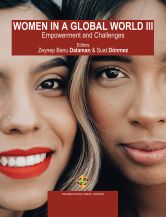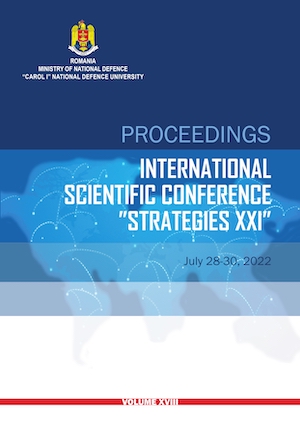
The Power of Words: How Silent Spring Sparked The American Environmental Movement Through Debate and Diplomacy
Rachel Carson’s book Silent Spring, published in 1962, warned the public about the harmful effects of pesticides, specifically DDT. The book was not only a scientific warning but also a literary masterpiece that captivated the public and mobilized them to defend the environment. Carson faced criticism and personal attacks from pesticide companies but her work, along with her unconventional background as a woman in the male-dominated field of science, inspired citizens to take action. The grassroots movements and the National Environmental Protection Act of 1970 (NEPA) were some of the outcomes of Carson’s work. It can be said that Carson sparked the American environmentalist movement. However, it is important to note that other individuals, particularly women, such as Dorothy Colson and Mamie Ella Plyer, also played a role in raising awareness about the issue before Carson. Carson’s publication of Silent Spring was one of the most important causes of the DDT pesticide ban. The paper also highlights how Carson’s own background is often overlooked in most history research.
More...
